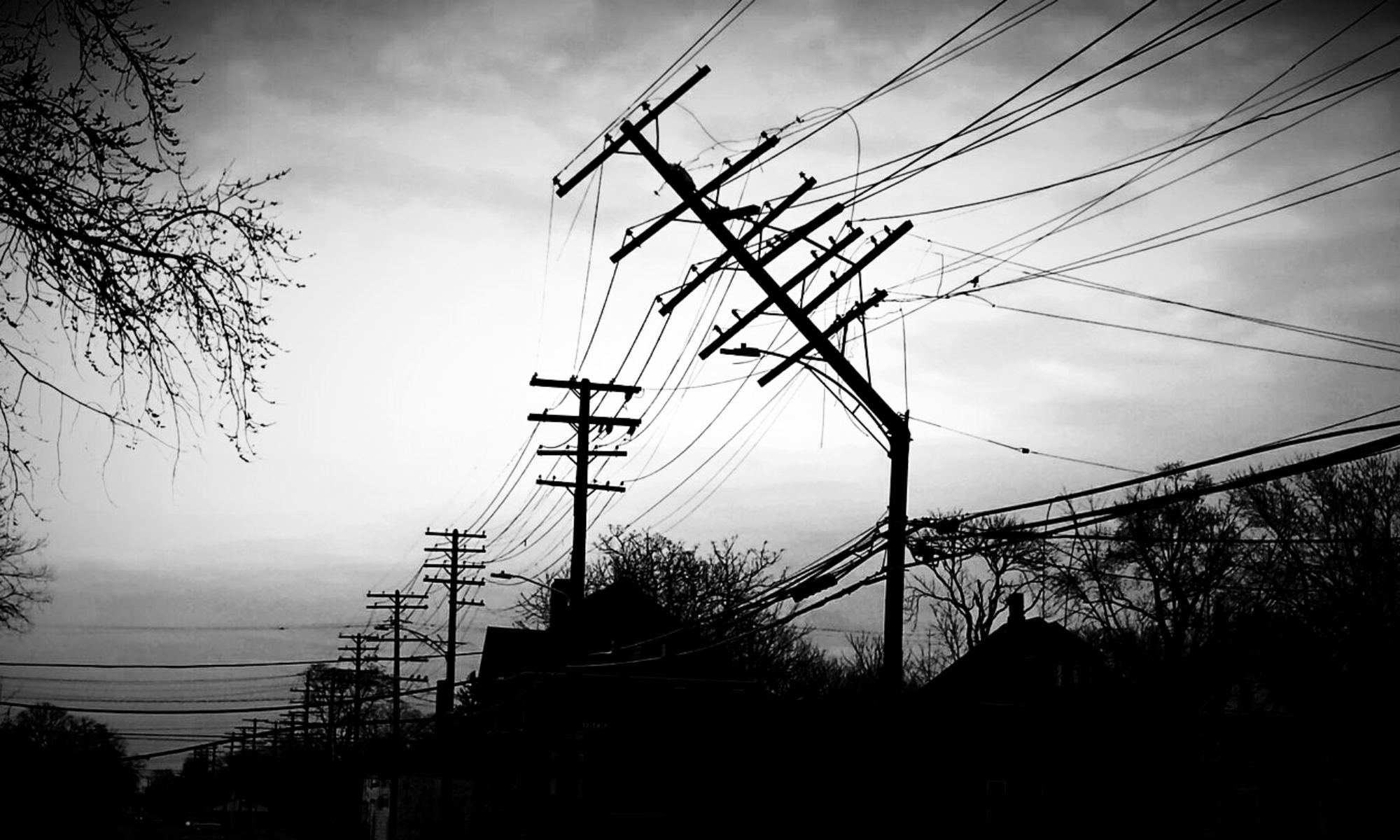March 6, 2023
Eden Bloom – Public Comment
Docket ID No. EPA-R05-OAR-2023-0058
Environmental Protection Agency (EPA)
Detroit Area attainment redesignation
Environmental Protection Agency,
Thank you for the opportunity to comment on the request from the Michigan Department of Environment, Great Lakes, and Energy (EGLE) to ignore ozone data. I will also comment on the related proposal for the redesignation of the Detroit area attainment of the 2015 National Ambient Air Quality Standards (NAAQS) for ozone.
My name is Eden Bloom, my family and I live on the eastside of Detroit in the impact area of the Stellantis Assembly Complex. I’m requesting the Environmental Protection Agency (EPA) DENY the request from EGLE to ignore ozone data from Detroit’s East 7 Mile air quality monitor.
Since 2019, I’ve been vocal in my opposition the expansion of the Stellantis expansion and have advocated for reduced emissions and better protections for our neighbors and ourselves. I’ve been vocal because I have 3 kids and because I do not believe that private projects should be financed with public tax dollars.
Over these years, I’ve witnessed the dangerous intersection of complacency and failure on the part of the regulators and most of our elected officials. I’ve also seen a lack of adequate compassion or concern for residents from repeat offenders like Stellantis, US Ecology, and others.
Living through ongoing violations and a non-responsive enforcement order, many of us have zero confidence in the perpetrators or regulators of the pollution that is impacting our quality of life.
VIDEO – Stellantis Positions Redesignation Eastside residents first learned of the proposal for ozone redesignation from Stellantis rep Al Johnson in the 2021 Annual Update for the FCA Community Benefits Agreement (CBA). The redesignation information was shared to underscore Stellantis claims of zero public health risk for residents living closest to the plant.
“We are very proud of the role that Stellantis has been able to play in that reduction (of ozone)” and “in conclusion the data demonstrates that the air quality in the area is safe”, stated Mr. Johnson.[1][2]
The concept of redesignation was as disturbing to me then as it is now. While not a data or environmental scientist what I looked at the downward trend in emissions, the spikes from the wildfires, and the years in question (2020-2022) I arrived at a different analysis.
If the EPA is going to consider EGLEs request to clean the data based on a non-localized event like the Canadian wildfires, the EPA should also consider two other non-localized events that impacted the data, emissions, and public health; the covid pandemic and the subsequent chip shortage.
The impact of covid on pollution has been well documented.[3] The national data quickly pulled from a map from the Proceedings of the National Academy of Sciences projects a relative change of -37.5% in Nitrogen Dioxide, -25.5% in PM2.5, and a 12% drop in Ozone.[4] In addition, Nasa satellite informed modeling data has also been positioned to determine deviations from the norm.[5] VIDEO – NASA Studies How COVID-19 Shutdowns Affect Emissions
In addition, supply chain issues and subsequent chip shortages further reduced production. A report from Auto Forecast Solutions cites that 875,000 cars were pulled from production. “Detroit is bearing the brunt: Ford alone is estimated to have canceled production of a planned 324,616 vehicles; GM, 277,966; Stellantis, 252,193.”[6]
These decreases in production, along with a decrease in sales due to lockdowns, have impacted company profit margins. Another concern is that we will see an increase in emissions as industries strive to make up for lost profits. Less rigorous protections seem counter to business trends and the pursuit of the bottom line.
If the EPA considers cleaning the data to remove spikes from these wildfires it would be consistent for the EPA to adjust the data to reflect the pandemic and chip shortage. NASA’s normalized emissions data can be used to make this correction.
Another factor in my personal concern over the proposed redesignation is the current political climate in Detroit, in the state of Michigan, and the entire US. This is due to the highly politicized nature of environmental regulation, the climate crisis and the failure of elected officials, state regulators or corporations to do the right by everyday people.
The concern is well founded. Eastside Detroiters on Beniteau St., the street immediately adjacent to Stellantis’ improperly engineered paint plant, have had their health and quality of life pitted against jobs and economic opportunity by decision makers. The Justice for Beniteau Residents group has had to fight to be heard every step of the way[7] and they are not alone, or maybe the point should be that residents ARE alone.
To say our elected officials have failed us is an understatement. Detroit’s mayor and his administration have placed blame on the state while insisting that, despite ongoing air quality violations, Stellantis is in compliance with the Community Benefit Agreement (CBA)[8]. The city council member seated during the Stellantis/FCA deal resigned from office after pleading guilty to a bribery charge[9]. Residents were without a district council member when the violations started. Funds, federal and otherwise have been diverted from needed services to the demolition of housing and blight reduction[10].
One could make a strong argument that pollution and blight have been positioned to encourage displacement of long term, or legacy Black Detroiters. We need more eyes on what is happening in Detroit, not less. We also need more stringent protections that stand no matter who is in office at the White House, in Lansing or in the Coleman A. Young Municipal Center, our city hall, downtown. Again, this is simply not a time to reduce regulations.
Finally, and most importantly I’ll enter here another plea for the consideration of culminative impacts and public health/quality of life measures in decision making. Since my first public comment with EGLE in 2019, I’ve been arguing for a paradigm shift. Detroit is undergoing a massive transformation. The city’s “rebirth” has been widely promoted but the changes have been far from equitable. They have increased discrepancies between race and class and have perpetuated economic and environmental racism.
To gain jobs that mostly go to suburbanites and tax revenue that is in part diverted to fund private projects there is an effort to expand industrial development, to push reindustrialization in certain areas of the city. There are numerous neighborhoods and clusters of population density among and between these developments. While there are opportunities for more walkable neighborhoods, closer employment opportunities, increased mobility with increased density, these opportunities need to be protected.
As an example of the increased vulnerability of Detroiters due to cumulative impacts, I’m highlighting the area where my family and I live. It’s important to note that similar residential clusters run through the city and region should also be considered by decision makers.
VIDEO – Eastside Industrial Tour From the chemical processing plants and logistics and distribution centers on the riverfront, up the factory-covered Conner Creek through Stellantis’ massive Detroit Assembly Complex to Lear’s new Northpoint developed plant, across Detroit City Airport to Chrysler Transport, over toward steel production sites and repeat violator US Ecology, through GM’s Factory Zero in what was Poletown, and then back toward the river through the area around the old incinerator, another US Ecology horror show and even more historical and active industrial sites.
The 16 sq mile area between these corridors is home to just over 50,000 people[11], 80% of the population is Black and there are 23 schools and over 80 places of worship[12]. Some of the worst zip codes for asthma in Michigan; 48213, 48214 and 48215 overlay the corridors. Asthma rates among Detroit adults were 46% higher than in Michigan as a whole; Detroiters were four times more likely to be hospitalized for asthma than Michigan residents more broadly; Black Detroiters were more than three times more likely to be hospitalized than white Detroiters; and Detroit’s childhood asthma rate rose to 14.6%, compared to 8.4% of children across Michigan.[13]
Some of these sites are notable polluters with multiple violations but others contribute to air quality issues more indirectly. There are times I walk out of the door and can’t tell if I’m smelling Stellantis, Aevitas some other combination of emissions from who knows where. The paradigm shift required is to consider cumulative impacts and existing public health factors when making decisions.
I’m not sure if those asthma numbers above will hit others the way they do someone whose kid was pulled out of class last week because he couldn’t breathe. Again, I’m requesting the Environmental Protection Agency (EPA) DENY the request from the Michigan Department of Environment, Great Lakes, and Energy (EGLE) to ignore ozone data from Detroit’s East 7 Mile air quality monitor. Do not move this forward and please do not open the door for an increase in reindustrialization without more stringent regulation. Thank you for considering my public comment.
Endnotes:
[1] City of Detroit: FCA CBA 2021 Annual Update – Dec 15, 2021
[2] Isolated Video of Mr. Johnson’s Statements: https://youtu.be/3ZabfmKSUtM
[3] The Proceedings of the National Academy of Sciences (PNAS) – COVID-19 lockdowns cause global air pollution declines: https://www.pnas.org/doi/full/10.1073/pnas.2006853117
[4] NINA Lockdown Pollution MAP https://nina.earthengine.app/view/lockdown-pollution
[6] Automotive News: https://www.autonews.com/manufacturing/microchip-crisis-takes-big-toll-detroit-3
[8] https://drive.google.com/drive/u/2/folders/1gh8DxukOkuBJYNdslHLrS0Pc4KGy1iKT
[11] https://ejscreen.epa.gov/mapper/
[12] https://egle.maps.arcgis.com/apps/webappviewer/index.html?id=b100011f137945138a52a35ec6d8676f
[13] Detroit: The Current Status of the Asthma Burden, 2021 Update

